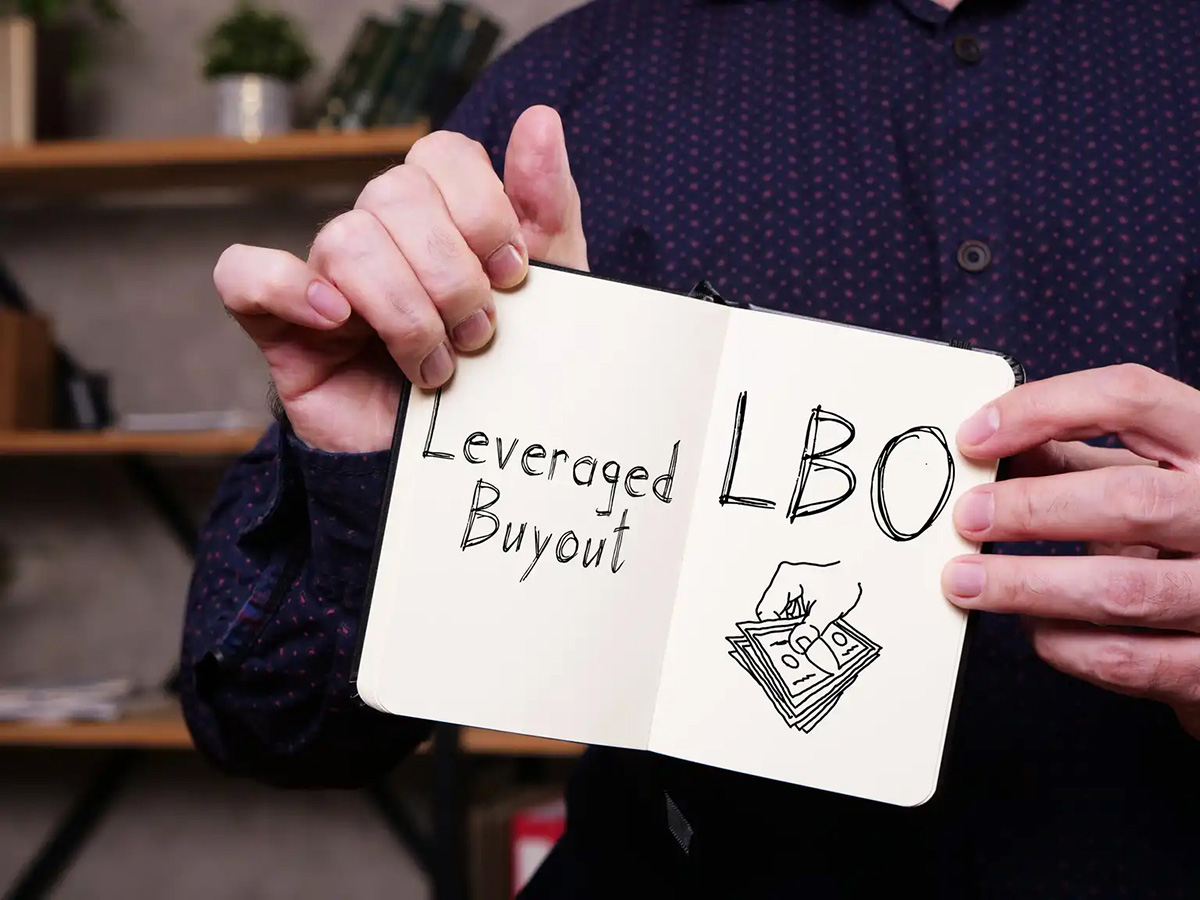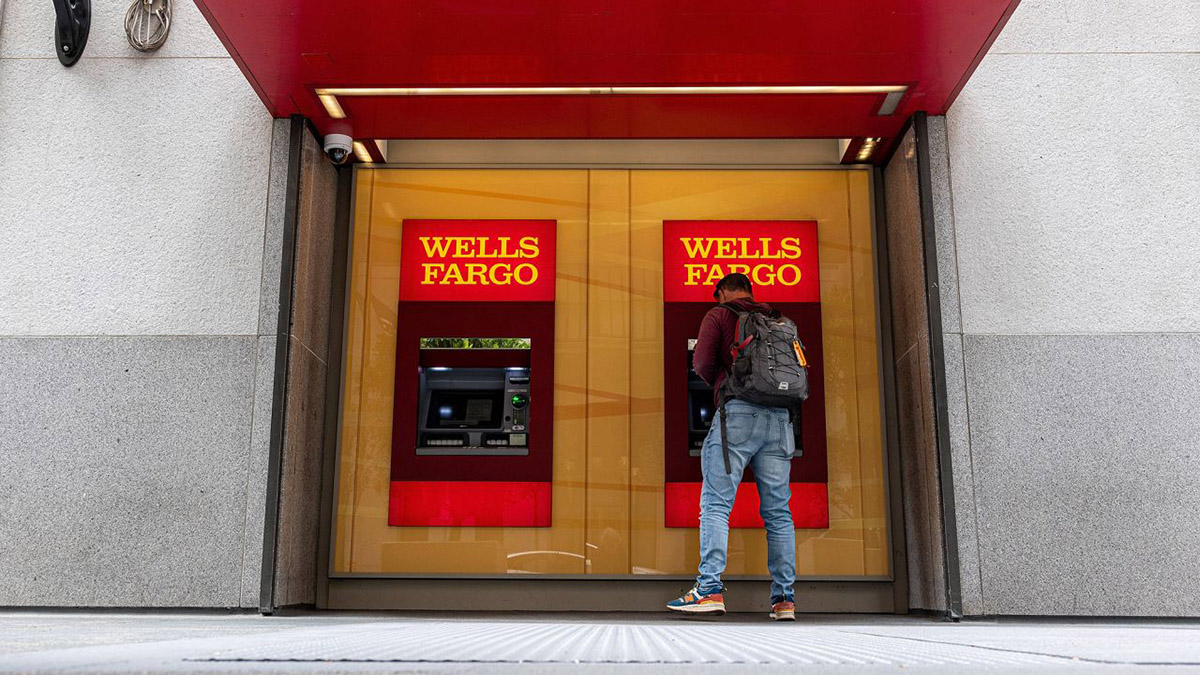Home>Finance>Leveraged Buyout (LBO) Definition: How It Works, With Example


Finance
Leveraged Buyout (LBO) Definition: How It Works, With Example
Published: December 17, 2023
Learn how a leveraged buyout (LBO) works in finance, with a detailed example. Understand the key concepts and strategies involved.
(Many of the links in this article redirect to a specific reviewed product. Your purchase of these products through affiliate links helps to generate commission for LiveWell, at no extra cost. Learn more)
What is a Leveraged Buyout (LBO)?
If you’ve ever wondered how large companies are acquired or how investors can purchase a company even when they don’t have enough funds, you’re in the right place. In this article, we will explore the concept of a Leveraged Buyout (LBO) and understand how it works.
Key Takeaways
- A Leveraged Buyout (LBO) is a financial transaction where a company is acquired using a significant amount of borrowed money or debt.
- An LBO allows the acquiring company to use the target company’s assets and cash flow as collateral for securing the debt used to finance the acquisition.
A Leveraged Buyout, or LBO, is a financial transaction where a company, typically a private equity firm, acquires another company using a significant amount of borrowed money or debt. In simple terms, an LBO involves using debt financing to buy a company instead of using the acquirer’s capital. The debt is secured by the assets of the acquired company and is repaid over time using the company’s cash flow. The main idea behind an LBO is to maximize the potential return for the acquiring company’s shareholders.
How Does a Leveraged Buyout Work?
Now that we have a basic understanding of an LBO, let’s walk through the step-by-step process of how it works:
- Identify the Target Company: The first step in an LBO is for the acquiring company or the private equity firm to identify a target company that presents a lucrative investment opportunity.
- Assess the Financials: The acquirer then thoroughly examines the financials of the target company, including its assets, liabilities, revenue, and profitability. This assessment is conducted to determine if the target company is a suitable candidate for an LBO.
- Raise Debt Financing: Once the target company has been selected, the acquirer starts raising the necessary funds through debt financing. This involves obtaining loans from banks, issuing bonds, or seeking other sources of debt capital.
- Structure the Buyout: The next step involves structuring the buyout transaction. This includes negotiating the purchase price, determining the amount of equity contribution from the acquiring company, and finalizing the terms of the debt financing.
- Acquire the Target Company: Once the buyout structure is in place, the acquiring company or the private equity firm completes the transaction by acquiring the target company’s shares. This involves buying a controlling stake in the company.
- Implement Operational Changes: After acquiring the target company, the acquiring company or private equity firm starts implementing operational changes to improve the company’s financial performance. This may involve cost-cutting measures, streamlining operations, or introducing new strategies to increase revenue and profitability.
- Repay the Debt: Over time, the acquired company’s cash flow is used to repay the debt taken on during the buyout. The amount and timing of the debt repayment are determined in the initial buyout structure.
- Exit Strategy: Once the debt has been repaid, the private equity firm or the acquiring company may decide to exit their investment by selling the company to another buyer, taking the company public through an initial public offering (IPO), or other means.
Now that you have a better understanding of what a Leveraged Buyout (LBO) is and how it works, you can see how this financial strategy allows companies to make acquisitions even when they may not have enough capital on hand. LBOs play a crucial role in the world of finance and are frequently used by private equity firms and investors to maximize their returns.
So, the next time you read about a company being acquired or wonder how financial transactions take place, remember that there may be a clever strategy like an LBO at work behind the scenes.














